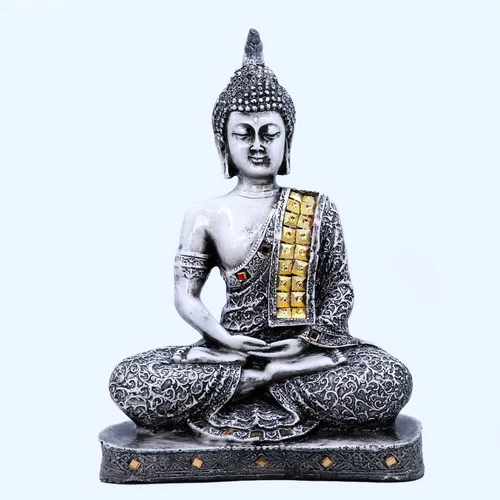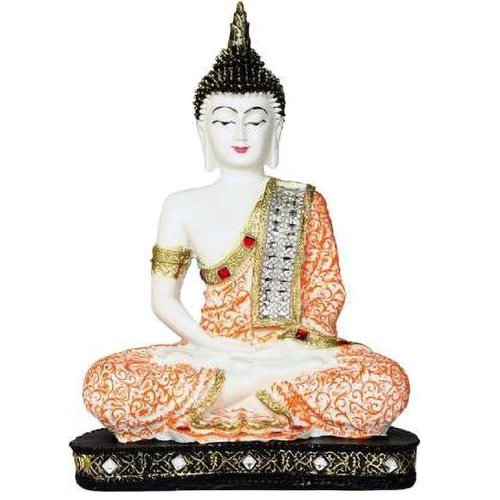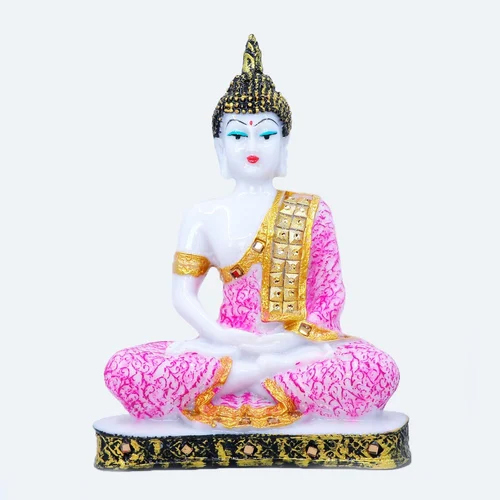GW Creations Lord Gautam Buddha Statue
249 INR/Unit
Product Details:
- Color Yellow
- Material Resin
- Product Type Sculpture
- Technics Painted
- Style Modern Arts
- Use Home Decoration
- Theme Buddhism
- Click to View more
X
GW Creations Lord Gautam Buddha Statue Price And Quantity
- 100 Unit
- 249 INR/Unit
GW Creations Lord Gautam Buddha Statue Product Specifications
- Yellow
- Resin
- Home Decoration
- Sculpture
- Different Available
- Painted
- Buddhism
- Modern Arts
GW Creations Lord Gautam Buddha Statue Trade Information
- 2000 Unit Per Week
- 7 Days
- All India
Product Description
FAQs of GW Creations Lord Gautam Buddha Statue:
Q: What is the material used to make GW Creations Lord Gautam Buddha Statue?
A: The GW Creations Lord Gautam Buddha Statue is made of resin.Q: What is the theme of the GW Creations Lord Gautam Buddha Statue?
A: The theme of the GW Creations Lord Gautam Buddha Statue is Buddhism.Q: What is the style of the GW Creations Lord Gautam Buddha Statue?
A: The style of the GW Creations Lord Gautam Buddha Statue is modern arts.Q: What is the color of the GW Creations Lord Gautam Buddha Statue?
A: The color of the GW Creations Lord Gautam Buddha Statue is yellow.Q: Can I use the GW Creations Lord Gautam Buddha Statue for home decoration?
A: Yes, the GW Creations Lord Gautam Buddha Statue is designed for home decoration.Tell us about your requirement

Price:
Quantity
Select Unit
- 50
- 100
- 200
- 250
- 500
- 1000+
Additional detail
Mobile number
Email








 Send Inquiry
Send Inquiry Send SMS
Send SMS Call Me Free
Call Me Free
